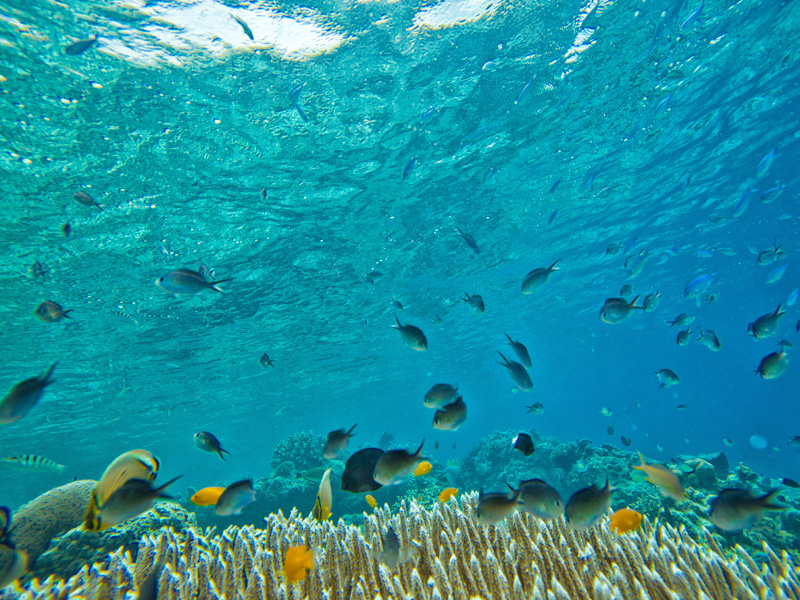In every region, the survival of species is increasingly threatened, both at sea and on land. IMO’s role in protecting marine biodiversity was highlighted at the United Nations Environment Management Group (EMG) Nexus Dialogue on Biodiversity held in Geneva, Switzerland (2-3 May). Biodiversity Mainstreaming in the context of Human Security and Wellbeing was the theme of the meeting, involving more than 20 different entities, primarily from within the UN system.
IMO’s Megan Jensen participated in the meeting and reminded participants of IMO’s role in supporting the targets of the United Nations Sustainable Development Goal (SDG) 14 on the oceans, and in helping to address biodiversity loss, through its shipping regulations and recommendations. Non-native species can be spread from ocean to ocean via ship. They may be carried via ballast water or attach to the hulls and other parts of ships – a process known as fouling - hitching a ride across the oceans. IMO’s Ballast Water Management (BWM) Convention, which seeks to prevent the transfer of potentially harmful invasive aquatic species in ship’s ballast water, entered into force in 2017. IMO’s Biofouling Guidelines address bioinvasions via ships’ hulls. Furthermore, the IMO treaty on Anti-fouling Systems helps ensure that any systems used to combat fouling on ships does not harm the environment.
IMO has implemented the GEF-UNDP-IMO GloBallast project, which supported countries to ratify and implement the BWM Convention, and is currently preparing a new global project (the GEF-UNDP-IMO GloFouling Partnerships Project) to support the implementation of the biofouling guidelines. Ms Jensen highlighted the need to raise awareness of biodiversity issues across multiple agencies within governments and across many different non-governmental stakeholders, each with differing priorities.
The Nexus Dialogue provided the opportunity to explore how biodiversity could be successfully communicated in various settings. UN agencies and other stakeholders were able to begin exploring how the biodiversity framework could be developed after 2020, beyond the so-called Aichi Targets. The Aichi Targets, adopted under the auspices of the UN Convention on Biological Diversity, set a series of targets to be achieved by 2020, including raising awareness of biodiversity issues and taking steps to preserve biodiversity. It is planned to hold a high-level event on biodiversity during the July 2018 United Nations High-level Political Forum on Sustainable Development (HLPF). The HLPF is the main United Nations platform on sustainable development and it has a central role in the follow-up and review of the 2030 Agenda for Sustainable Development and the Sustainable Development Goals (SDGs) at the global level. IMO’s work to protect the marine environment has particular relevance for SDG 14 (oceans) while halting biodiversity loss is also a key target under SDG 15.
